The taste of freedom and carefree attitude are essential for a yacht cruise. However, the fear of suffering from seasickness can quickly spoil this pleasure. Rather than risking actually getting sick, read these tips to avoid stress and fully enjoy the happiness of sailing.
Motion Sickness
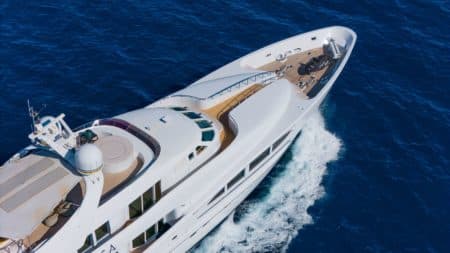
Seasickness is part of a more general disorder called kinetosis, or motion sickness. This phenomenon is caused by a poor synchronization between the information perceived by your eyes and that received by your brain via the vestibular system of your inner ear. Indeed, the pitching, rolling, swaying, or turning movements are interpreted incoherently by the brain, as they are felt faster by the inner ear than by the eyes and muscles. Consequently, for sensitive people, the result is immediate: nausea, imbalance, fatigue, headaches, and vomiting. Fortunately, it is possible to prevent seasickness by knowing the aggravating factors and the treatments that exist to help avoid it.
Old Sailors’ Advice
Even if they don’t talk about it much, nearly 40% of professional skippers admit to experiencing seasickness. According to these experts, regular sailing allows the body to get used to it, gradually reducing the effects. Staying outside the boat as much as possible to breathe fresh air and look at the horizon, as well as keeping busy, are the most basic tips. Indeed, it is recognized that people who have an activity on board are less prone to seasickness. The worst thing to do would be to lie down inside the boat. Besides the inadequacy of this position, strong cooking or fuel odors can worsen seasickness sensations.
Aggravating Factors
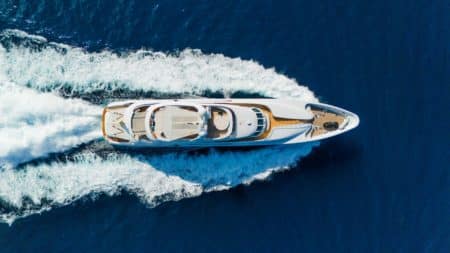
You’ve probably heard of the rule of the four ‘F’s: Famine (hunger), Freezing (cold), Fatigue, and Fear.
Fear: This fear is understandable when facing a new activity or due to the fear of getting sick. The stress generated by this fear translates into anxiety symptoms that accentuate seasickness.
Hunger: Contrary to what one might think, it is essential not to avoid eating. In reality, it is advised to always have ‘something in the stomach’. Experienced sailors recommend eating small amounts regularly, favoring bread, dry biscuits, and bananas. Good hydration is also crucial, especially in case of vomiting.
Cold: This is probably the most difficult to manage, because once you’re cold, it’s often too late. You need to dress adequately to avoid this sensation without getting too hot.
Fatigue: Although many try to alleviate seasickness by sleeping, it is often advised to combat fatigue by staying active and keeping the mind and body occupied. However, it’s also important to listen to your body. Sleep can soothe and help the body adapt.
Effective Treatments if Needed
Focusing on the horizon can help, but regaining balance remains complicated. Fortunately, medicine and homeopathy offer numerous treatments, available with or without prescription. Antihistamines are commonly used, as well as patches to be applied behind the ear 6 to 12 hours before departure.
Homeopathy also offers suitable solutions that are very widespread and offer a broad spectrum of action. In addition to treating seasickness itself, homeopathy can relieve secondary symptoms such as nausea, vomiting, and headaches. Essential oils of peppermint, lemon, or ginger are also recommended.
Moreover, innovations like water-filled glasses have not yet proven their effectiveness. However, doctors at the Brest Military Hospital propose optokinetic reeducation. This method, carried out in about ten 20-minute sessions over three months, provides long-lasting relief from seasickness.
It is crucial to pay attention to individual specificities, such as age, weight, and health condition, before choosing a treatment.
Among the different types of motion sickness, seasickness, or nautical sickness, is the most common and anxiety-inducing. Fortunately, in 90% of cases, the body adapts and the discomfort naturally subsides. For the remaining 10%, medication or rehabilitation treatments can be considered. Seasickness is often linked to anxiety and the body’s ability to adapt. To fully enjoy your cruise, don’t let the fear of seasickness ruin your experience. Instead, visualize the vast horizons and immense spaces of freedom that await you. Embark with confidence and let yourself be carried by the sea, knowing that you are prepared to face and overcome these discomforts.

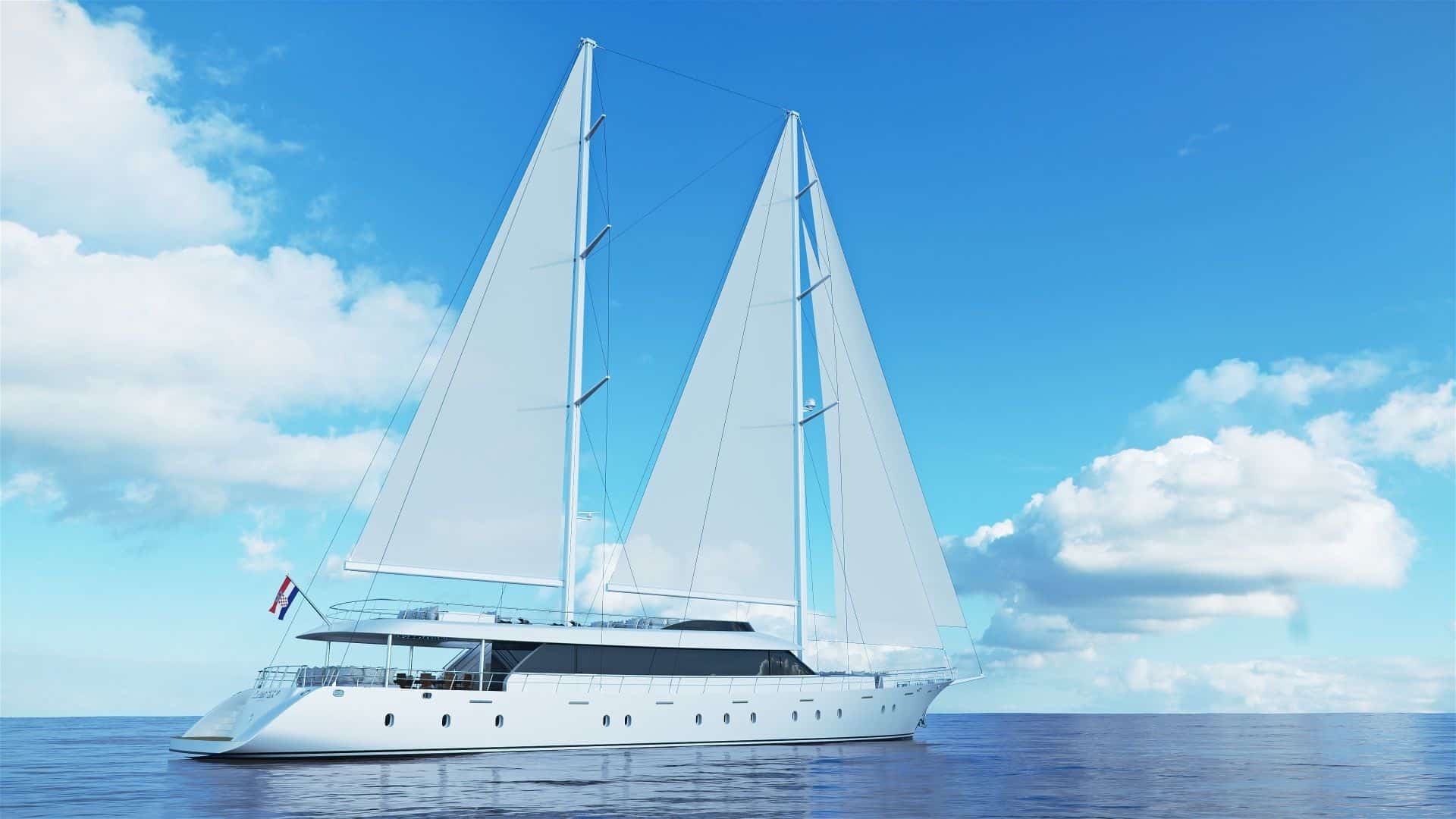


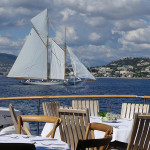

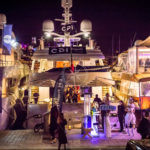



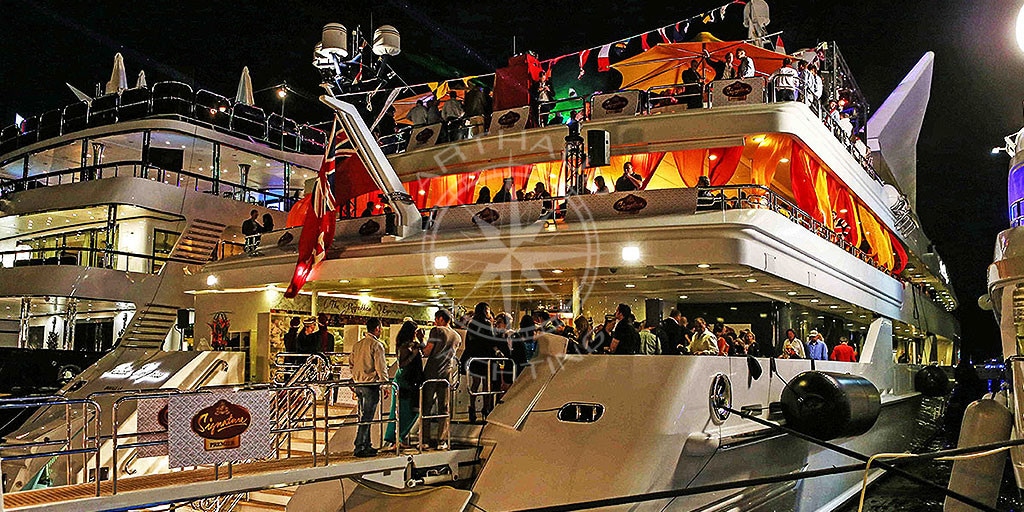


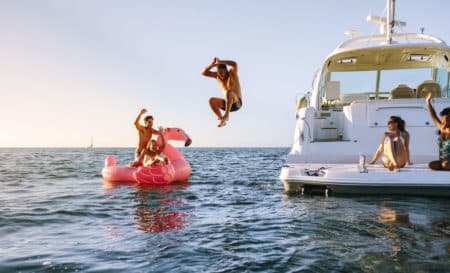 Thanks to Arthaud Yachting, access our world of luxury yacht charter for a 100% tailor-made cruise in the French Riviera region or even in the four corners of the world in destinations such as
Thanks to Arthaud Yachting, access our world of luxury yacht charter for a 100% tailor-made cruise in the French Riviera region or even in the four corners of the world in destinations such as 


Leave A Comment